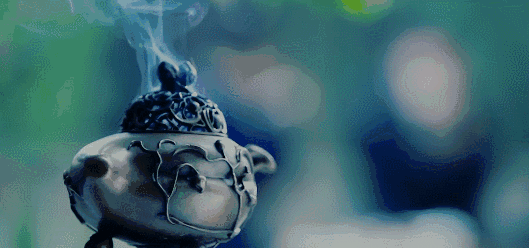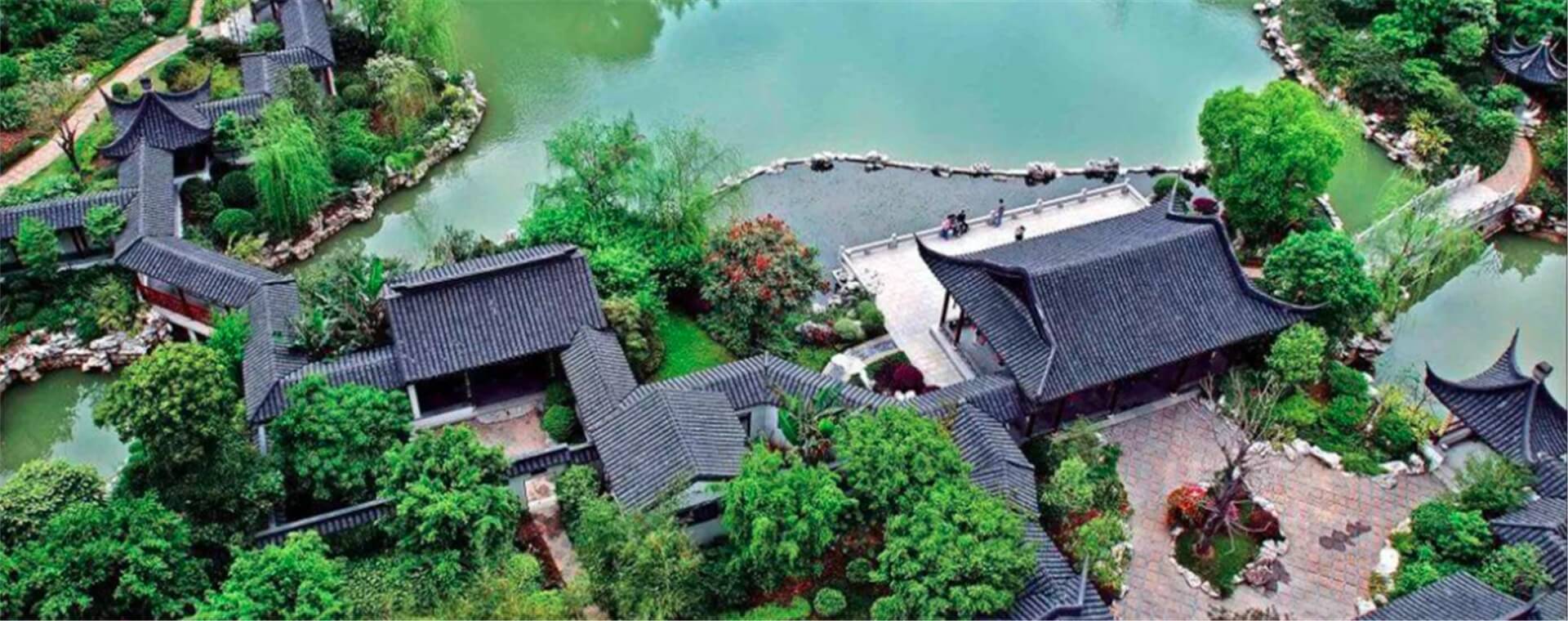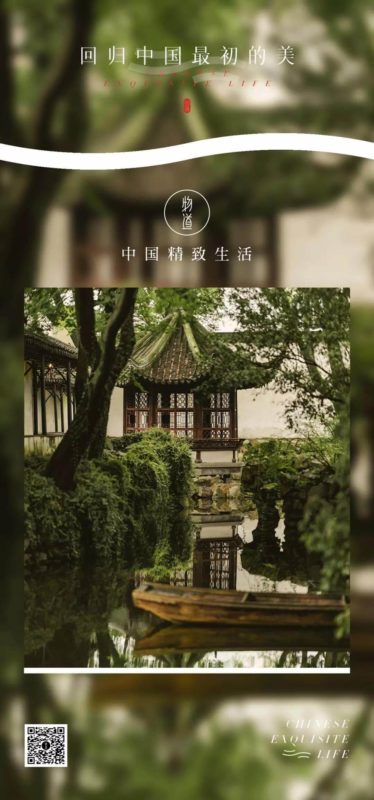
At the mention of “Xiangshan”, many people will immediately think of the red leaves in Beijing. Seeing the “Xiangshan Gang”, the picture of happy gratitude and hatred of Jianghu gangs appears in my mind. In fact, Xiangshan Gang is a star team in the history of Chinese architecture, and it comes from Suzhou.
Mysteriously, Suzhou and Beijing are really connected by “Xiangshan”. Xiangshan craftsmen have designed the imperial palace complex in Beijing, built Suzhou gardens, repaired the Potala Palace in Tibet, and even let overseas see Chinese Architecture… These architectural styles are different, but they come from the same team, which makes people want to know about the legendary Xiangshan gang.
The Xiangshan sect has built its own architectural peaks for thousands of years. Along the way, I climbed mountains and valleys. Now it seems that they are like a canoe and have crossed thousands of mountains. Although Xiangshan sect is not a Jianghu sect, it has left many legends, which are remembered and praised by people from time to time.
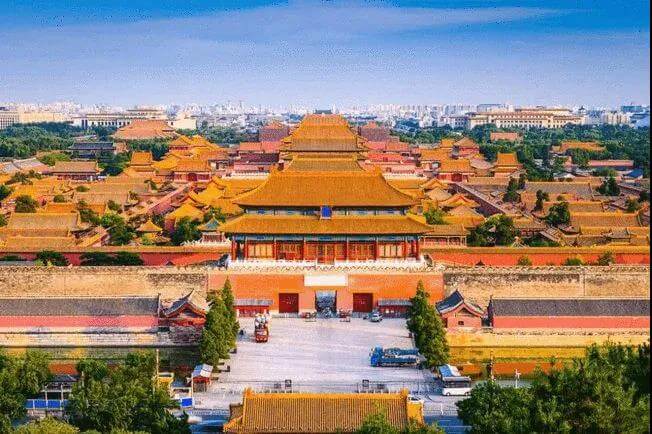
Debut is the peak in Beijing
Today, when we stand at the foot of the Forbidden City, it is difficult to connect its majestic atmosphere with the graceful Suzhou. When the map of Beijing palace city was spread out, there was a man standing in the building complex. It turned out that he was Kuai (KU), the chief designer of the Forbidden City in the early Ming Dynasty ǎ i) Xiang was also regarded as the ancestor of the Xiangshan sect by later generations.
According to historical records, “all carpenters in Jiangnan come from Xiangshan”. So when Zhu Di, the emperor Chengzu of the Ming Dynasty, built the Forbidden City, he called a group of craftsmen from Xiangshan. Among them, Kuai Xiang, who inherited his father’s career, stood out with his exquisite skills.
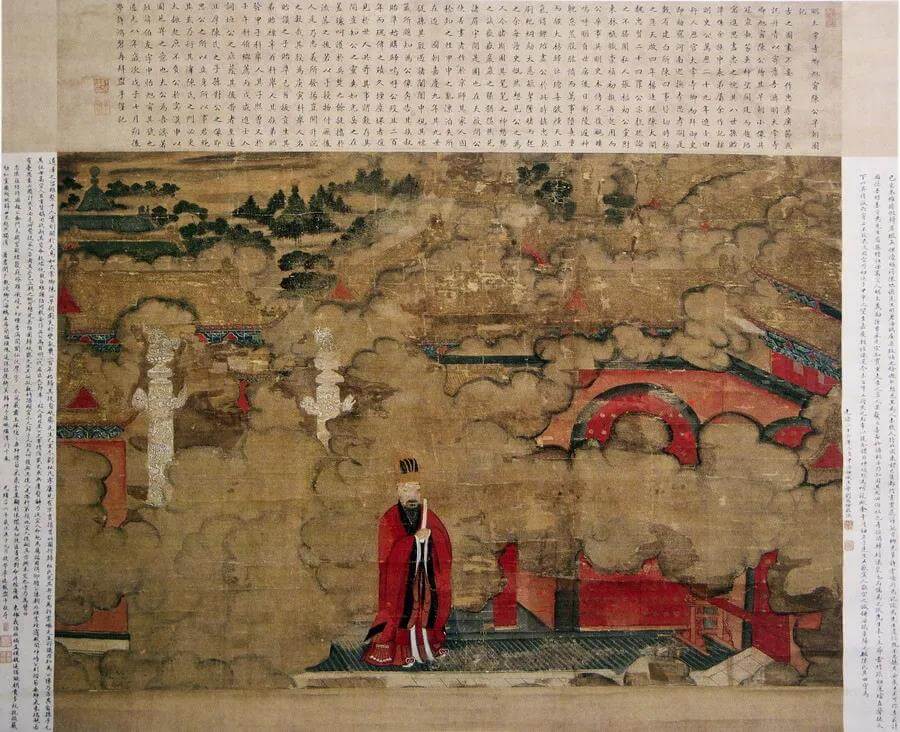
His first task was to design and lead a team to build the main gate of the Palace – “Chengtian gate”, which was also the earliest Tiananmen Gate. After completion, Emperor Yongle was overjoyed and directly called him “Kuai Luban”. He was promoted to Zuo Shilang of the Ministry of work and enjoyed the salary of a first-class official in front of a second-class official.
Kuai Xiang is not only technically excellent but also aesthetic online. He made accurate calculations before construction. After completion, the position, distance, size, and size are exactly the same as the design drawing. Others say as like as two peas, he can be made one by one while he can hold his pen with his pen.
After that, he also participated in many projects, “where there are hundreds of buildings, there is no exception to the auspicious.” in his later years, he also took charge of the construction of the Yuling in the Ming Tombs. Even at the age of 80, he is still happy to pass on his experience to his younger generation.
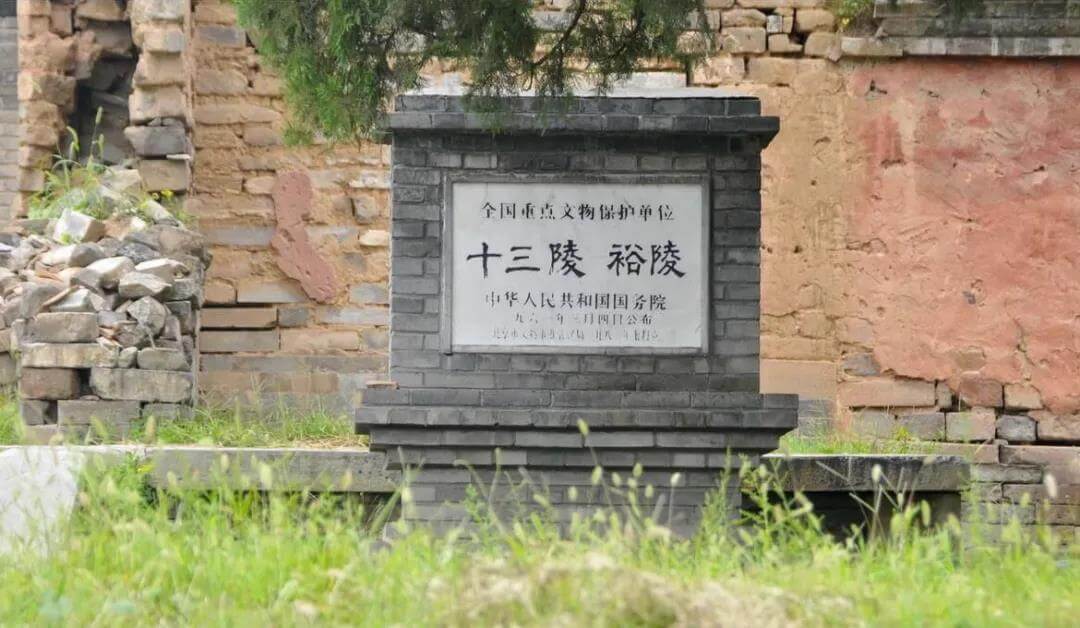
Because of Kuai Xiang, the name “Xiangshan Gang” was launched. This group of people continues to adhere to the extreme. They know how to amaze the world with technology and what kind of materials to create wonders in the world.
When the sun shines on the ground at 12 noon on the winter solstice every year, the sun will be reflected on the plaque of “Zhengda Guangming” in the Qianqing palace of the Forbidden City. The light will light up “Zhengda Guangming” and five golden dragons from west to East.
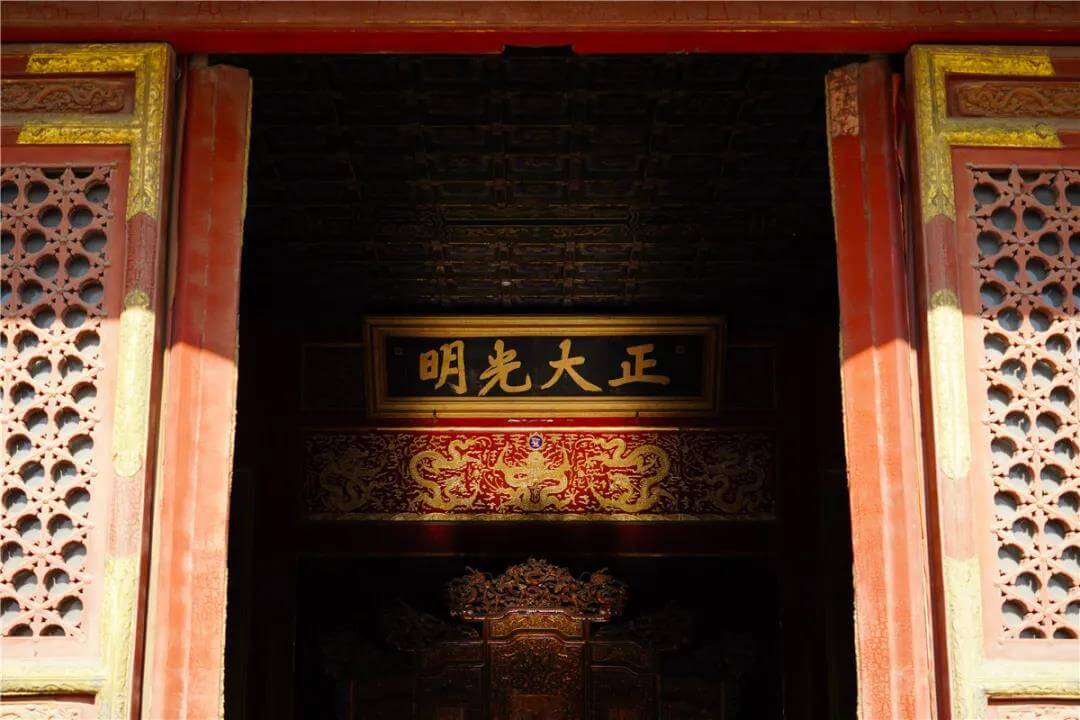
One scene a year, fleeting. The key to the birth of wonders lies in the mirror-like ground, which is paved by “Royal kiln gold brick”.
Xiangshan sect craftsmen recommended this kind of brick to the emperor. Because of its high quality, it won the emperor’s heart. The kiln was given the name “imperial kiln”. This kind of generous brick with two feet, two feet, and one foot seven square also won the elegant title of “gold brick”. Since then, the imperial kiln gold brick has been used exclusively for imperial palace buildings in previous dynasties.
Why do Xiangshan sect craftsmen know “bricks”? Not because of luck and talent, but the accumulation of experience and wisdom from generation to generation.
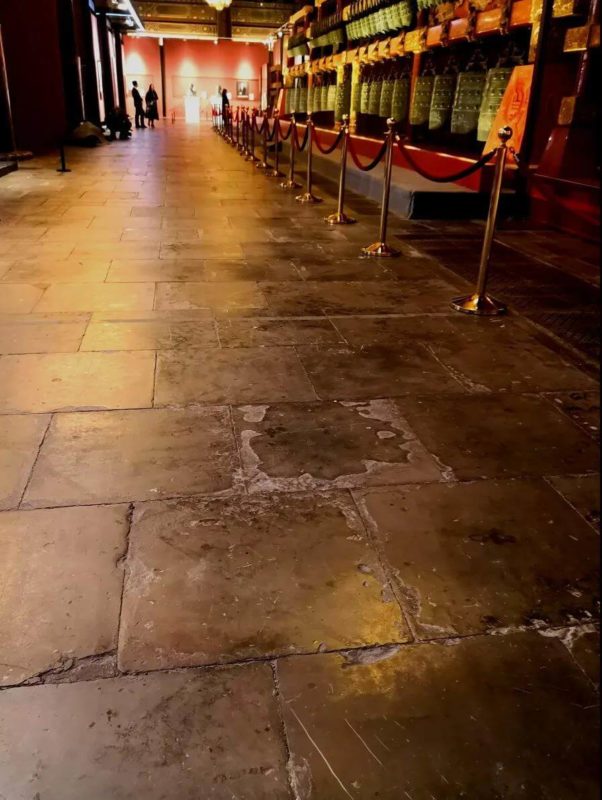
Since the Tang Dynasty, the trend of building gardens rose in the prosperous Jiangnan, and skilled craftsmen were able to show their strength. The Yingfeng Bureau set up by the royal family of the Northern Song Dynasty in Suzhou allowed excellent craftsmen to go to Beijing to build Fuyuan. At the same time, there are two types of work in the construction industry in Jiangnan, “carpentry” and “water work”, which are carpenters and plasterers. Later, “wood work” was subdivided into carved work, and “water work” was subdivided into brick work and stone work.
The type of work is more and more detailed, but we always need a leader. In the early Ming Dynasty, carpenters were almost responsible for the design, deployment, division, and integration of the whole project. Therefore, Kuai Xiang is the carpenter in charge of the overall situation in the major projects of the Forbidden City.
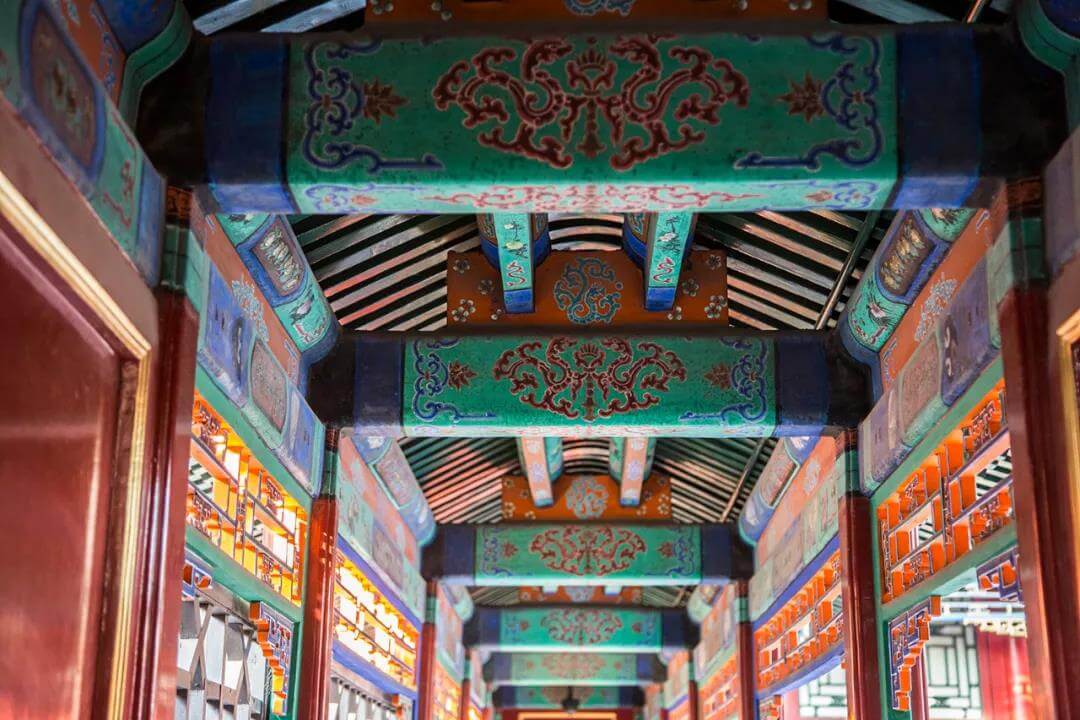
When we see the Soviet-style color paintings in the Forbidden City, stepping on the gold brick floor, we feel the harmony between grace and freshness and elegance. I don’t know. These elements come from the hometown where Xiangshan craftsmen are most proud.
Jiangnan charm, all the way north, to the capital, condensed into the Forbidden City. Suzhou people’s attitude of pursuing perfection and refinement has opened an era and affected many craftsmen and architectural aesthetics.
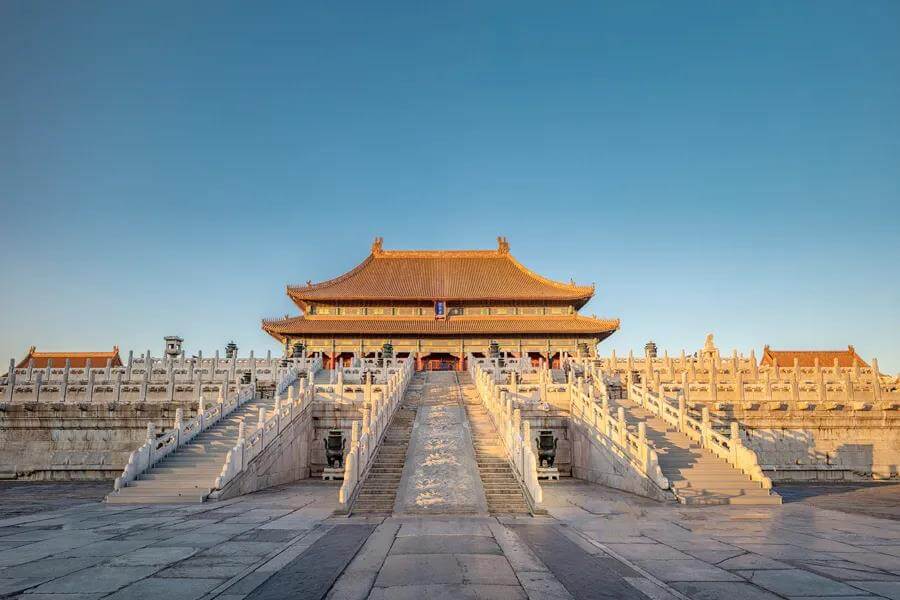
It is exquisitely carved in Suzhou
If the Forbidden City is a boutique in the construction history of the Xiangshan Gang, the construction of gardens is their long-standing work, day after day.
Some people say that where Xiangshan Gang goes, they will keep high-quality buildings. In fact, no one is born a craftsman. This treasure land has unique natural conditions. For example, there are many rocks along the coast of Taihu Lake, and the fine mud on the Bank of Yangcheng Lake is suitable for firing high-quality bricks and tiles.
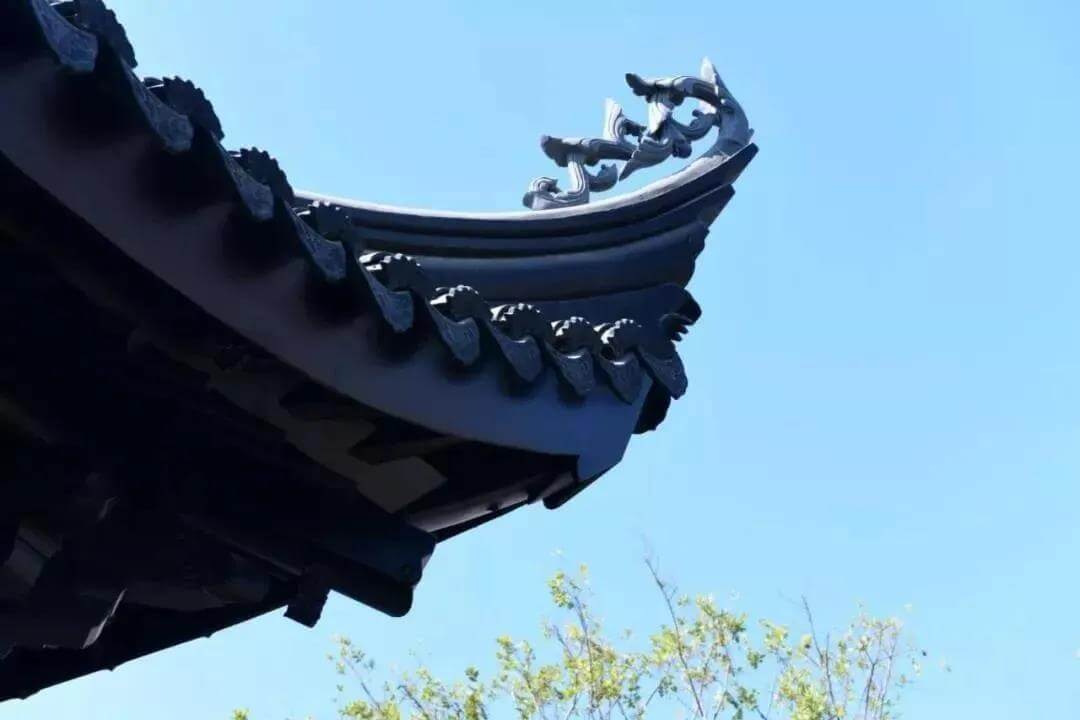
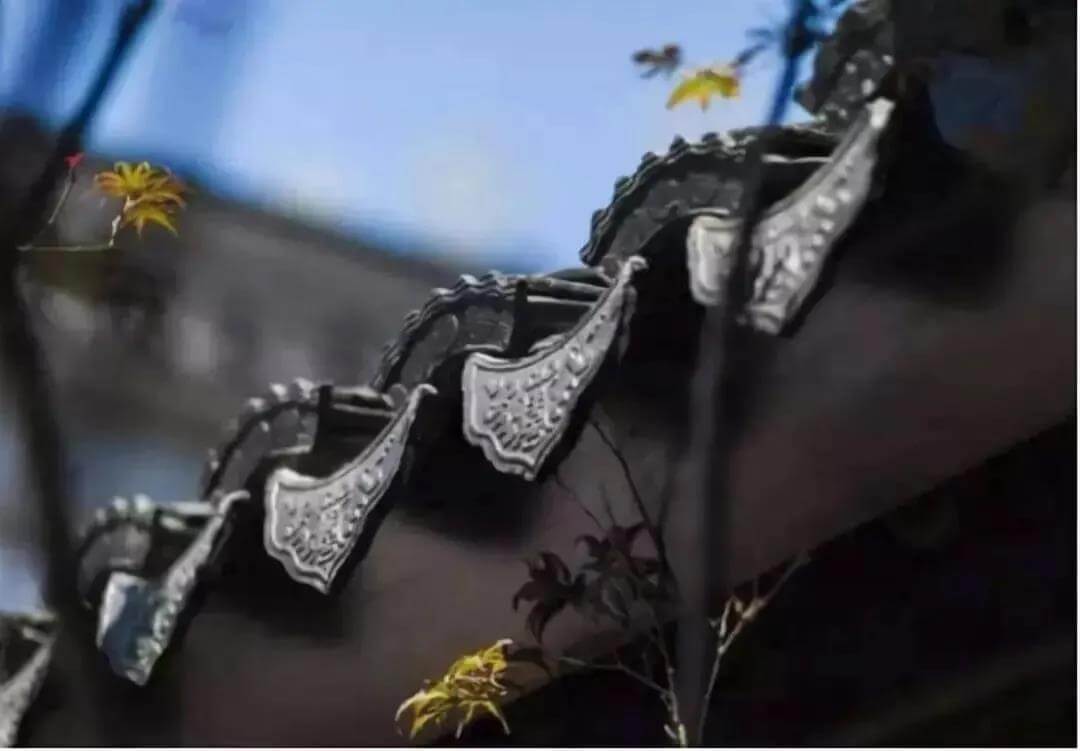
Wu is a prosperous place. Since ancient times, it has been called the “land of fish and rice” in the south of the Yangtze River. Taking apart the traditional word “Su”, it means fish and rice. The strong cultural atmosphere enriches the spirit of Suzhou people. This makes the Soviet style elegant flow deep and can stand smacking fine products.
These conditions are gathered in Suzhou City, so that Xiangshan craftsmen can not only study their skills, but also pour their usual accumulation of Humanities and aesthetics into architecture.
If you look down at the plum blossom Pavilion in guangfuxiang snow sea, you can really see a blooming plum blossom. It was made by Yao Chengzu, the first generation craftsman of Xiangshan sect. It is said that the bronze crane on the top of the pavilion could once rotate with the wind. This is enough to show their superb architectural skills.
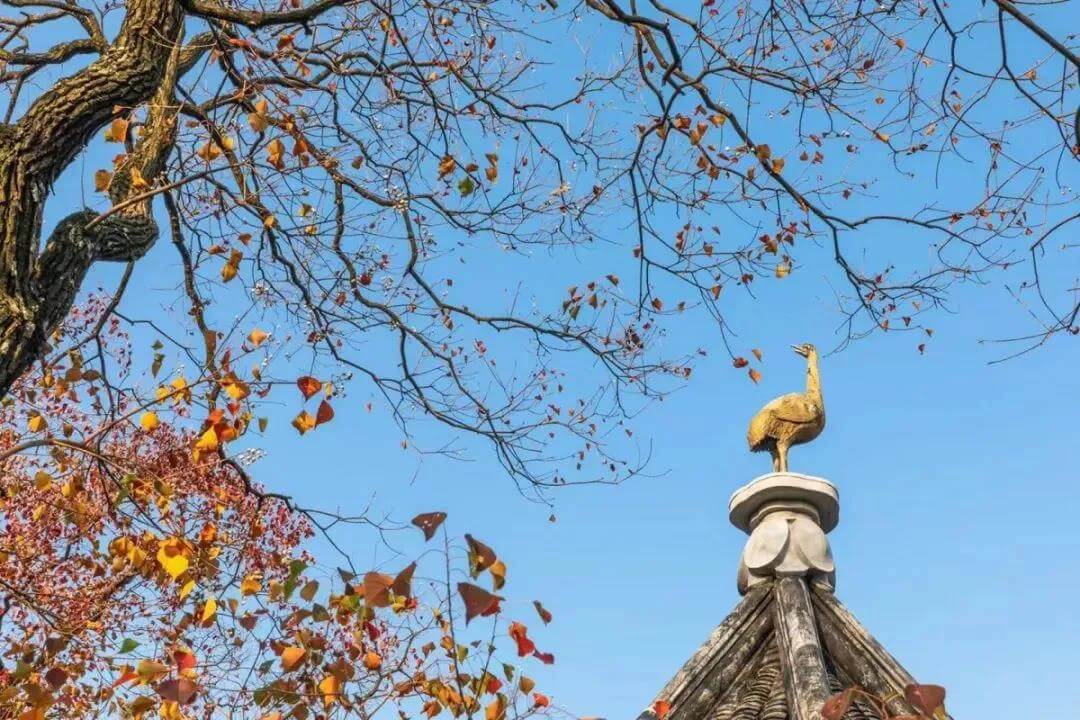
In many buildings in Suzhou, gardens bring together the essence. In many gardens, the Humble Administrator’s Garden has brought together all the gardens, and the Xiangshan Gang is showing its strength here.
Among them, the mandarin duck hall is very strange. The reason why it is named “mandarin duck” is that one space can give birth to two worlds. “Within one day, there is one palace, and the climate is uneven.” the South Hall is sunny, and there is a wall in the south of the hall to form a small courtyard, which is windproof and warm. It is suitable for living in winter and spring. The North Hall is back to the sun, and there is a lotus pool outside. Due to the cooling effect of the pool water and the blowing of a pool of lotus wind, it is cool and refreshing. It is suitable to live in summer and autumn.
The ceiling of the “36 mandarin duck hall” in the hall is also very special. The arch shape is beautiful, and the arc roof can reflect sound. Kunqu opera performers performing on the stage seem to have their own amplifiers. The lingering sound curls around the beam.
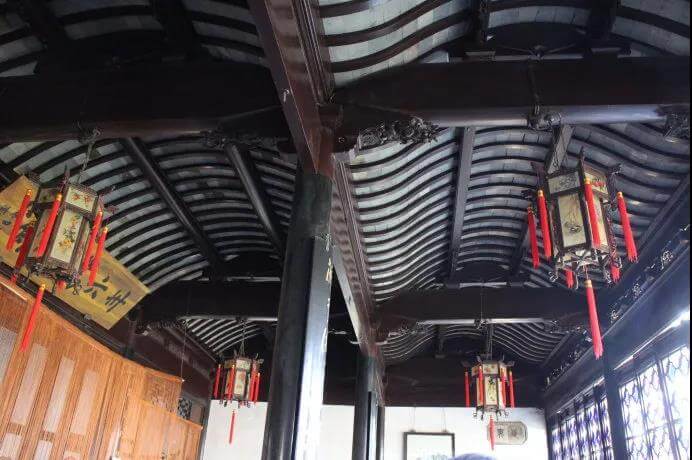
If we go back, the “broken beam hall” of Huqiu in the Yuan Dynasty can better reflect their superb skills. “Broken beam” is because the main beam is spliced by two cut beams. It is said that craftsmen saw the big wood into two parts by mistake, and finally, they can only rely on the combination of tenon and mortise. It is the wisdom of mortise and tenon, and the wisdom of Xiangshan craftsmen.
These are just a few of their masterpieces. The craftsmen of the Xiangshan sect have made great efforts and skills to make the best annotation for the elegance and delicacy of Suzhou. Under the existing conditions, they can not only turn a truncated beam into magic but also let people have a pleasant world in the garden.
They have been to the capital and everywhere. After all, they still have to go back to their hometown often. Stay in the hinterland of Reiki for a period of time before you have enough inspiration to devote yourself to the next building and then go to the unknown mountains.
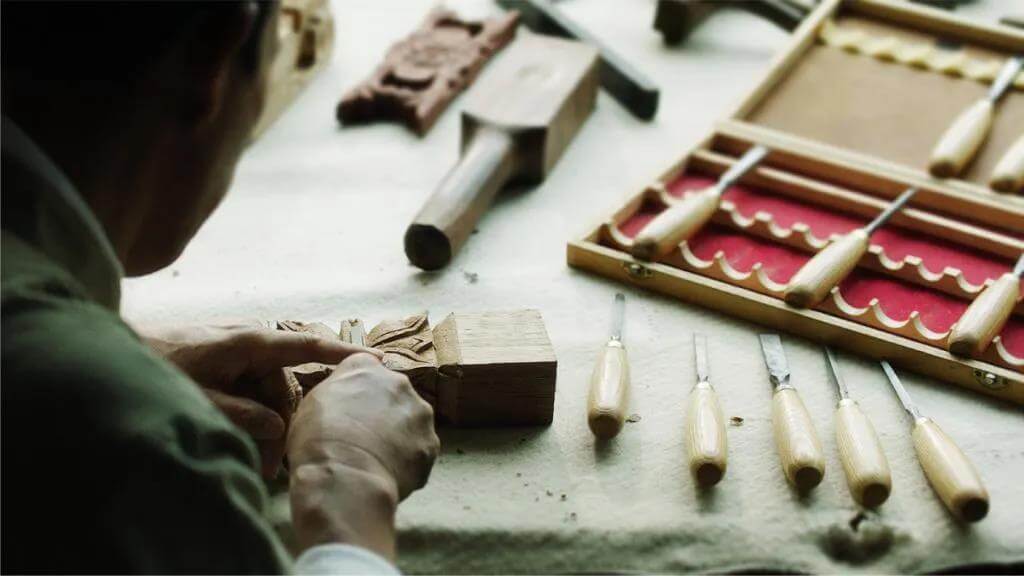
Now, where to go?
If the Millennium Gang wants to continue, it is bound to bear heavy hardships and suffering. Every craftsman has left blood and tears in every footprint from hard training to learning skills.
During the Ming and Qing Dynasties, the Xiangshan craftsman group grew stronger and stronger. After that, due to the turbulence of the current situation, there were few craftsmen left in Xiangshan Group, so they had to reluctantly undertake some maintenance projects.
In the early 1950s, the Suzhou garden management office organized folk craftsmen to successively repair the gardens such as Liuyuan, Humble Administrator’s Garden, Tiger Hill, Yiyuan, Canglang Pavilion, and lion forest. The artisans of the Xiangshan sect scattered among the people were recalled on a large scale this time, and many people became members of the professional garden construction team in Suzhou.
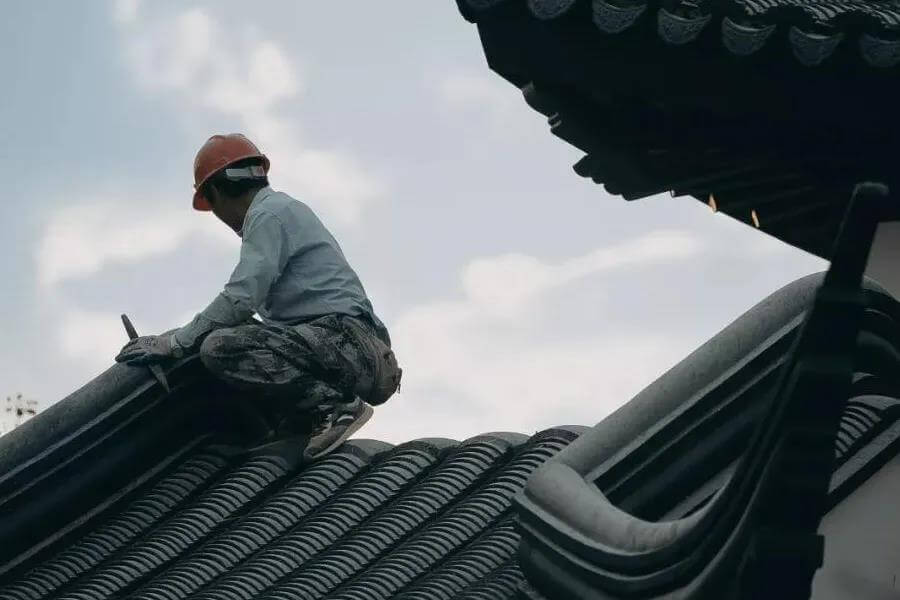
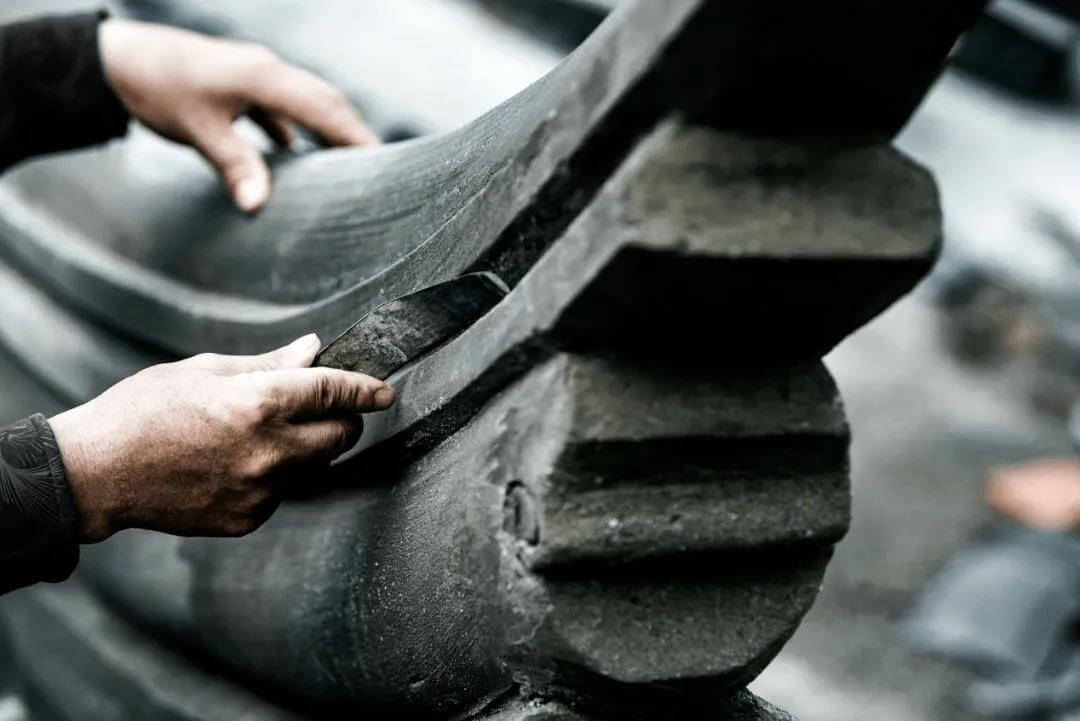
Although many people have been recalled, the descendants of Xiangshan sect only have “Lu family” and “Xue family”. Lu Yaozu’s Taigong once participated in the construction of the lion forest during the Republic of China. He inherited the family mantle and became a leader in woodwork.
Xue Lingen of the Xue family inherits the mantle of his father Xue Fuxin, adheres to the restoration of ancient buildings, and is also a master of “water works”. If only retro, Xiangshan technology is difficult to continue, so they began to step into the tide of the times and go to the world.
In 1978, a delegation from the Metropolitan Museum of New York came to China, hoping to move and build Chinese gardens. Because Wangshi garden is recognized as the best garden. Therefore, Xue Fuxin led the craftsmen to design the “Mingxuan” based on the “Dianchun” of the “Wangshi garden”. It covers an area of less than one mu, but it has a study, rockery, flower bed, clear spring, and half Pavilion. Exquisite and elegant Chinese architecture has become a grand scene in New York.
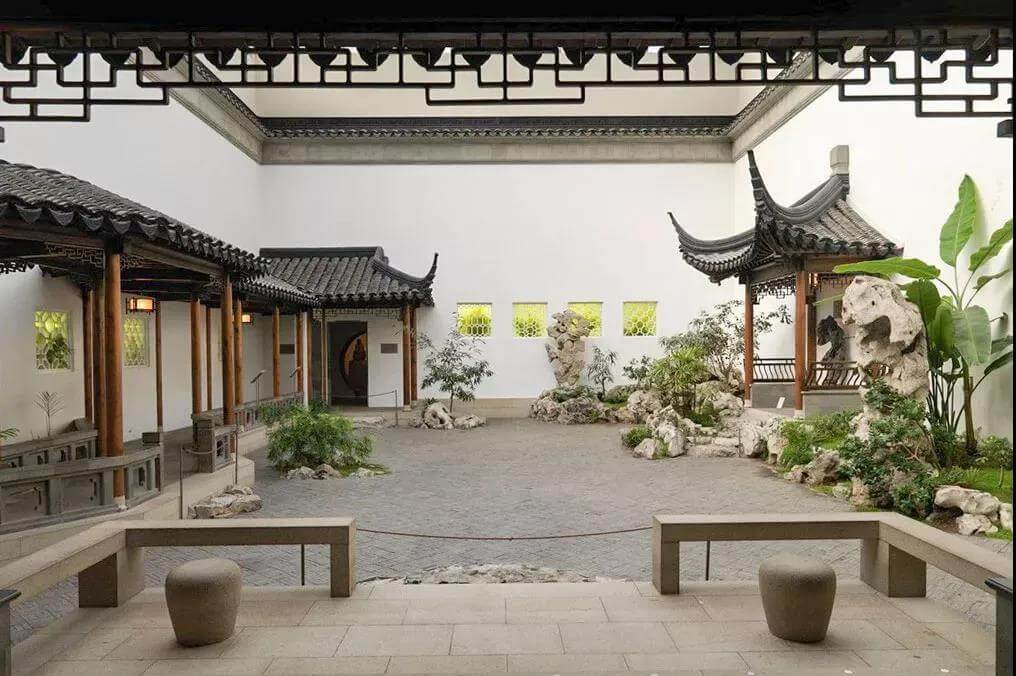
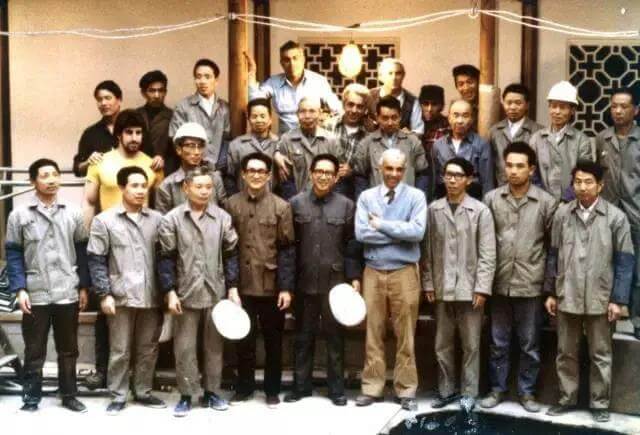
Since the first repair of the Potala Palace in 1989, half of the maintenance tasks were handed over to the craftsmen of the “Xiangshan Gang”. When technology reaches its peak, it is not limited to style.
In 2002, the former residence of Wu Yipeng in Suzhou was overhauled. This extremely difficult project was jointly completed by three generations of Xue family – Xue Fuxin, Xue Lin, and Xue Dong. Xue Dong, who graduated from Tongji University, was in charge of design and drawing. He was also praised by architect I.M. Pei. He also became famous in World War I.
In 2006, I.M. Pei built a new Suzhou Museum, which undoubtedly gave great encouragement to Xiangshan craftsmen at that time. More and more post-80s and post-90s are interested in teachers. Xiangshan Gang also cooperates with Suzhou University to implement the technology training method into the modern education system.
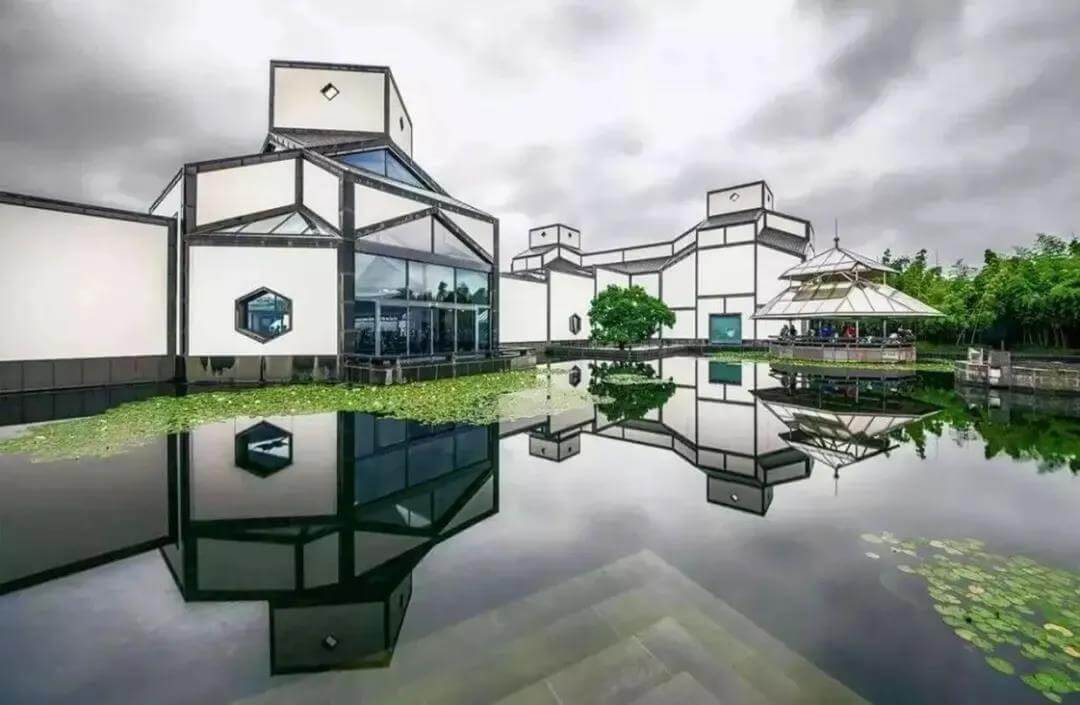
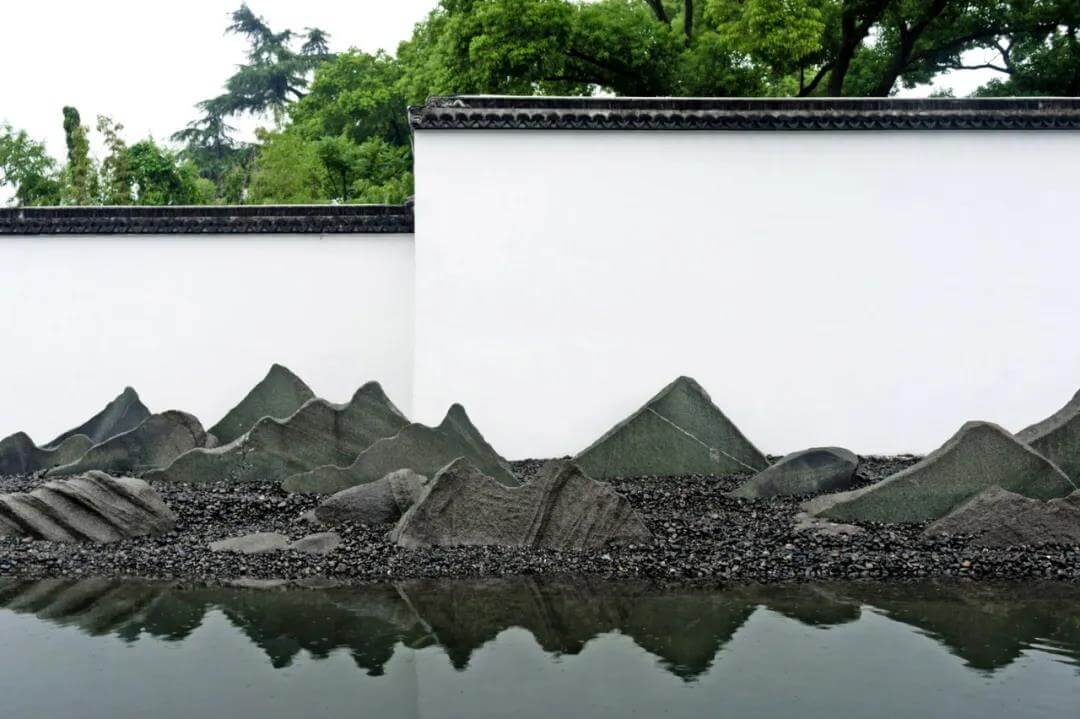
Everything seems to be developing well, but learning technology has a long cycle and slow return. Some good seedlings who learn from teachers also give up halfway.
The fewer craftsmen, the more “expensive” the craft is. In 2017, CNN selected the world’s top ten luxury houses of the year. The first is the “Peach Blossom Garden” of Chinese architecture, and the builder is the “Xiangshan Gang”. Many complex and almost lost processes, “tile, wood, stone, soil, paint and painting paste” are reproduced here.
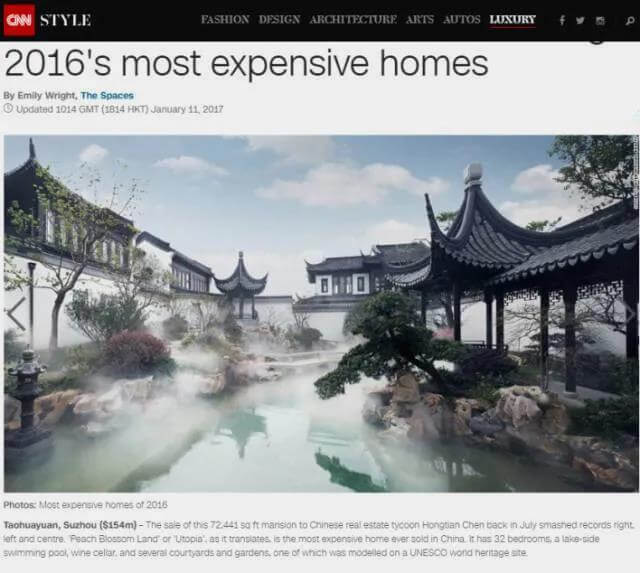
While participating in international exhibitions and exporting culture abroad, he is looking for new inheritors in China, and is responsible for the research on the maintenance of ancient buildings. In this way, Xiangshan craftsmen have participated in a variety of projects and have a good life. However, if a skill wants to be popularized, it is not enough to be active only in the high-end market.
The older generation of Xiangshan craftsmen believed in the craftsman philosophy. Their father Xue Lingen wanted to insist on craftsmanship. Craftsmanship must be carefully crafted and time-consuming, and should not be limited by standardized rules. “Only ask who does it, not how much work.” but his son Xue Dong needs to consider the construction period and other practical problems.
Striving for excellence regardless of time is a natural contradiction with the modernization wave of pursuing efficiency. So how should Xiangshan sect inherit? What is the essence of inheriting technology? Without time, is the craft still the original one?
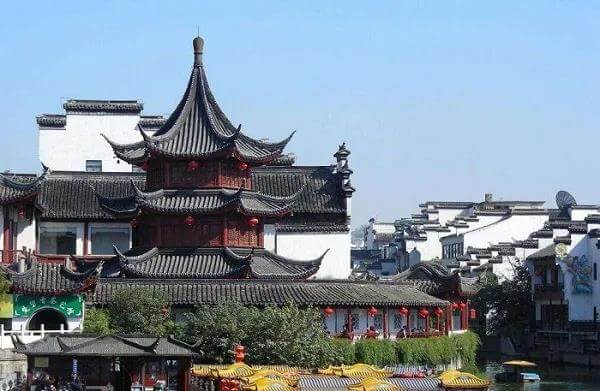
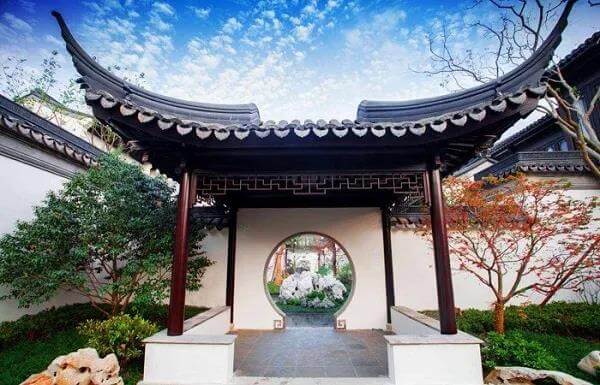
These problems are difficult to solve, and what we can do maybe to make Xiangshan Gang more visible. The magnificent Forbidden City, those beautiful gardens, and those poetic and picturesque places of residence were all the most beautiful footnotes painted by this gang for this land.
Now, with the passage of time, we don’t know where they will go. We don’t know whether they can be active on the stage of Chinese architecture in the next millennium, not just a legend with a taste of Jianghu?
The leaves of Xiangshan began to turn red again. The craftsman of Xiangshan came yesterday and saw that the willows were dark and bright, and the flowers were bright and dark. Then, let’s give the answer to time and years.
